How does the HOT weather affect the cows?
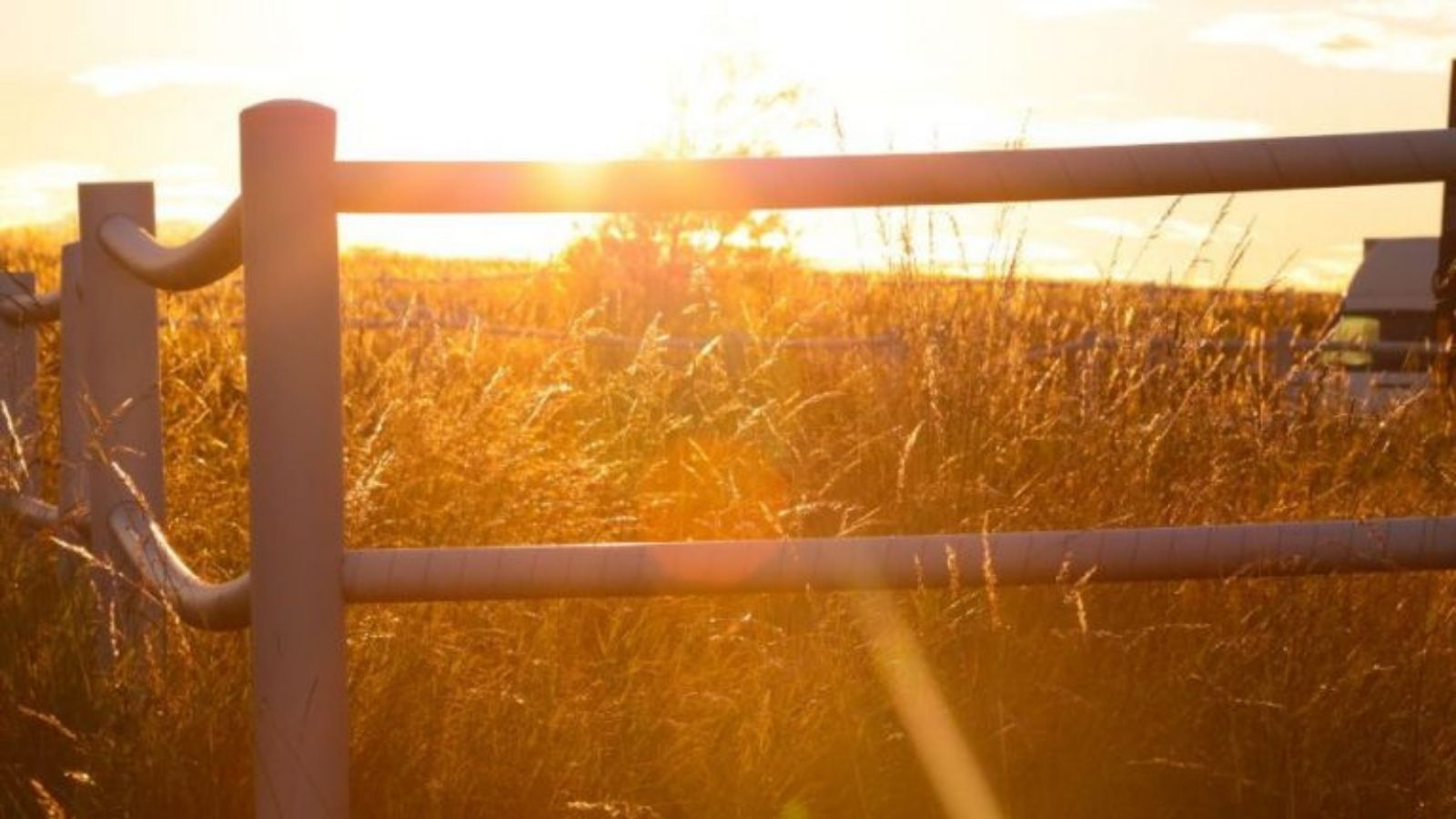
With over 50 years of farming experience, we have seen some hot summers and keeping our animals happy and healthy is a top priority. Heat stress in cattle is a real thing and it is important to not only know the signs but to do all we can to prevent it. This weekend has been known as a heatwave in our area. This is when there is minimal cloud cover, little or no air movement, high relative humidity and high overnight low temperatures (above 70 degrees F). This condition can cause a lot of stress on cattle if you do not take the necessary precautions.
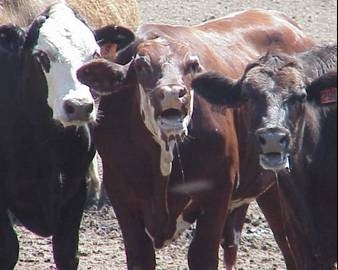
Cattle showing signs of Stage 4 of heat stress (see MSU article). Photo courtesy of ars.usda.gov – ( Not John Henry’s Cattle)
We follow MSU’s recommendations in order to keep our cattle comfortable. We try not to move our cattle at all or handle them in any way during heat waves. If we must move them, we make sure to do it very early in the morning when their bodies have had a chance to cool down. We provide them with extra water inside our open-air barn. Cattle do not like to drink hot water, so we prefer to keep it shaded in our barn. Each cow needs about 1 ½ gallons every hour during a heatwave so we will get extra water tanks if we need to. They also need shade. Because our cattle are grass-fed and spend their lives out on pasture, we never trap them in an enclosed barn or building. We do, however, have lots of large trees in our pasture that provide shade along with our open-air barn. Our barn has open sides on it which allows for a nice breeze to flow through it as the cows come in for shade and water. We routinely check the cattle every day and pay extra close attention to breathing, movement, and behavior. If anything seems a little off, we are able to step right in and help cool them down faster. These are just some of the many steps we take daily to help our cows live their best life. Our years of animal husbandry experience have kept our cattle safe through the years and will continue to do so as we teach the next generation.
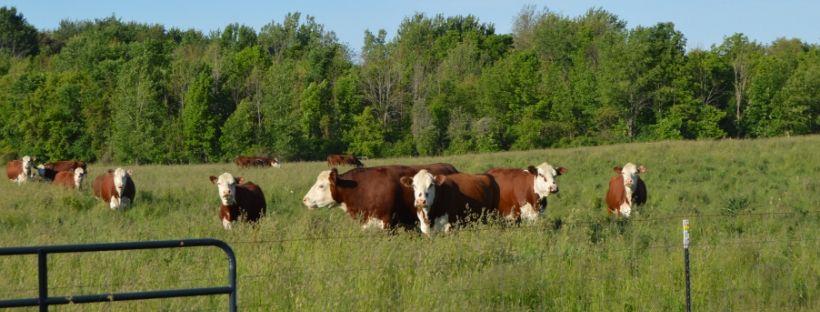
John Henry’s Happy Cows
To learn more about our animals, farming practices and meat cuts visit our Facebook page or more articles on our blog.
Thank you for supporting our farm,
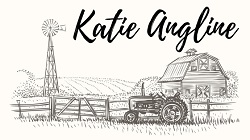
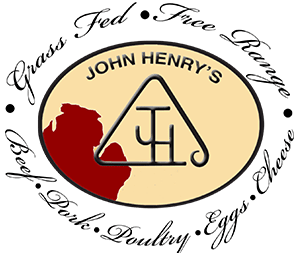


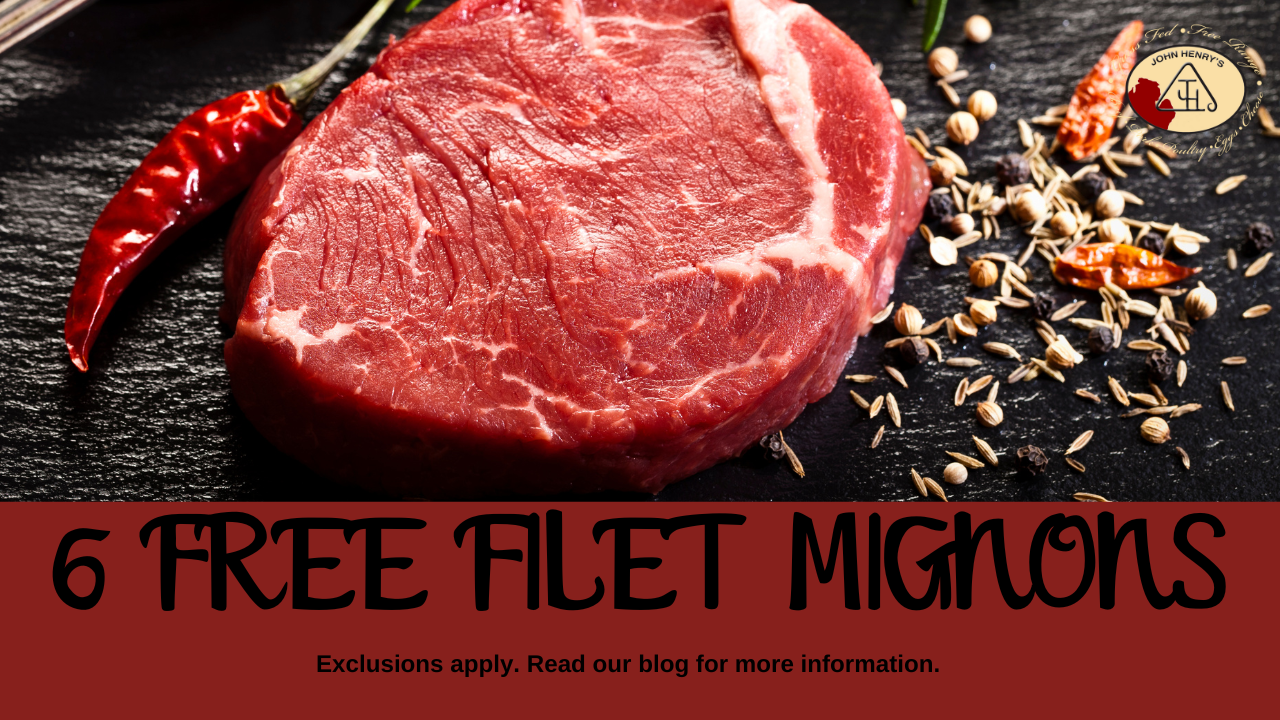

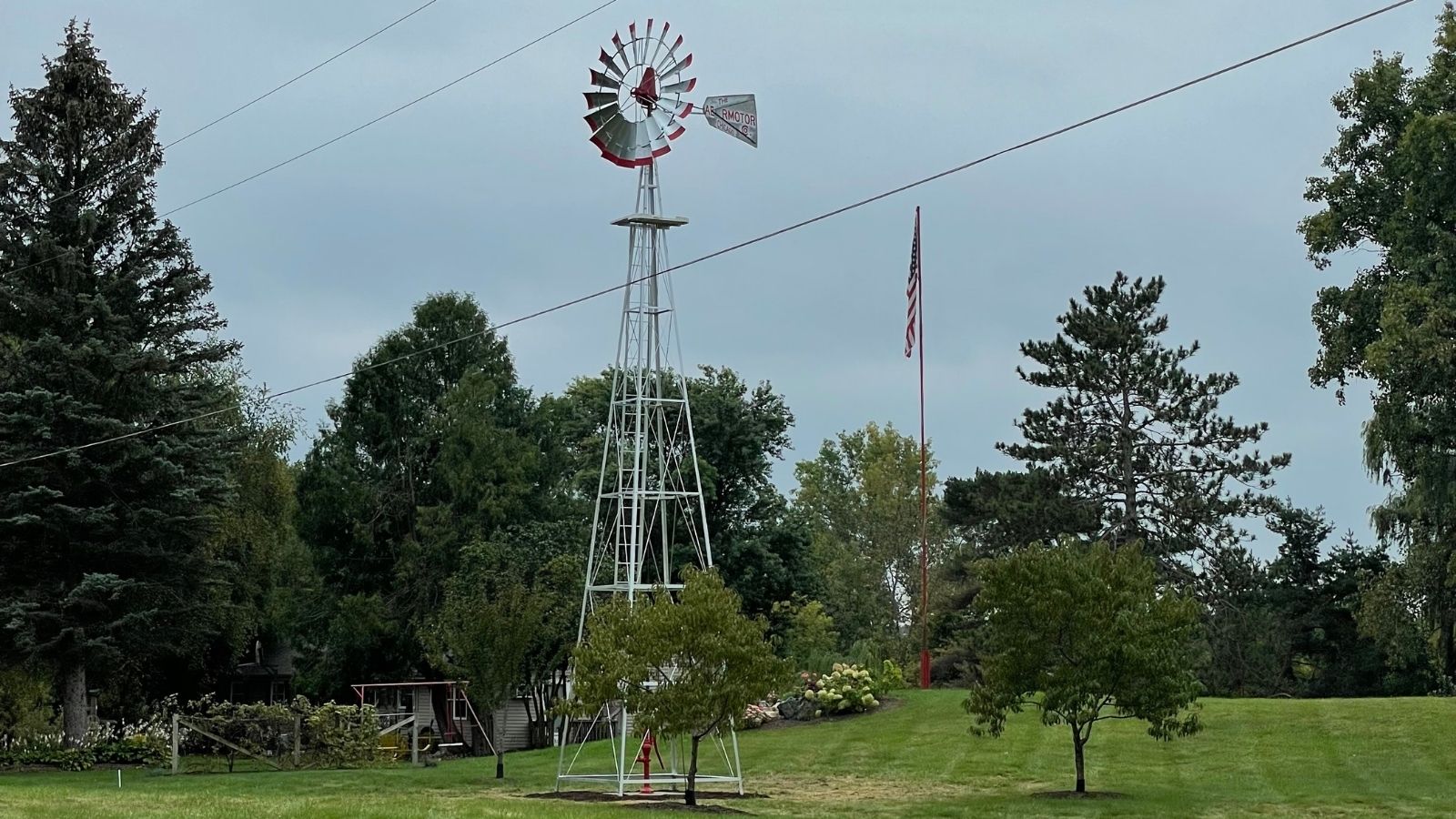


Leave your comment